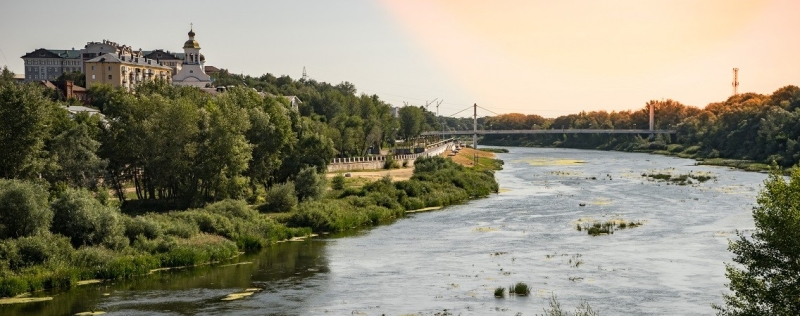
Orenburg is a city with an interesting and unusual history. Here you can buy a down scarf, cross the border between Europe and Asia, see the Ural River, endless steppes and ancient architecture. We have collected all the main places in one route for exploring the city on the weekend.
How to get there
Faster and more comfortable by plane, a one-way ticket from Moscow costs from 2,400 rubles*. Flights are operated by Pobeda Airlines, Nordwind Airlines, Aeroflot and Smartavia. Travel time is approximately 2 hours 30 minutes. From St. Petersburg there are direct flights from Aeroflot and Nordwind Airlines from 4,000 rubles*, travel time will be three hours.
Where to stay
- In a historical house built in 1917 “Mansion of the Khusainov merchants” (rating 8.5) – from 2,500 rubles per day*.
- In a four-star hotel with a swimming pool “Golden Elephant” (score 10) – from 5,300 rubles per night*.
- In a five-star hotel with a swimming pool and the Golden Dragon bar (score 10) – from 5,300 rubles per day*.
- At the Hilton Garden Inn Orenburg hotel (score 10) – from 6,200 rubles per night*.
- Classic Ural dumplings and their eccentric variations at the dumpling shop “Lepim i varim” (Zagorodnoye shosse, 36/2, bldg. 2).
- Baked beet salad, dolma, creamy lagman and other oriental dishes at the Baklava teahouse (28 Chkalova St.).
- Shashlik at the Fig restaurant (2/2 Pobedy Avenue).
- Venin in berry sauce and unusual tapas at the Ashes and Fire restaurant (Bukharsky Lane, 5).
What and where to eat

Sights of Orenburg
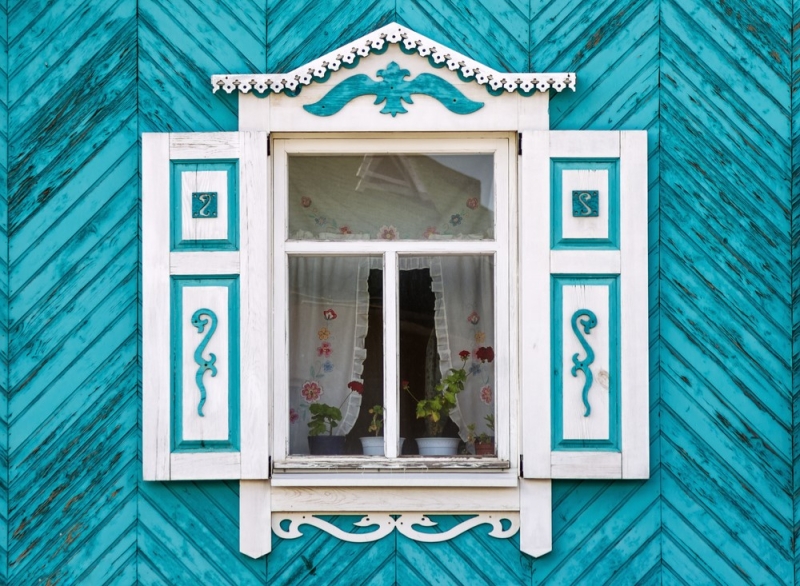
South-Eastern border of the Russian Empire, one of the cities of the Great Silk Road and the scene of “The Captain’s Daughter”. All this is Orenburg. It is also small and compact, so it is ideal for a short trip of two or three days. We share a minimum program for getting to know the city.
Caravanserai
This historical and architectural complex was built in 1837-1846. Initially, there were hotels here that were intended for Bashkirs and Mishars who came to Orenburg “for their own needs and on business.” Architect Alexander Bryullov stylized the caravanserai as a traditional Bashkir village. The dominant feature of the structure is an elegant mosque with a minaret, which you can climb to see the city from above.
Sovetskaya street
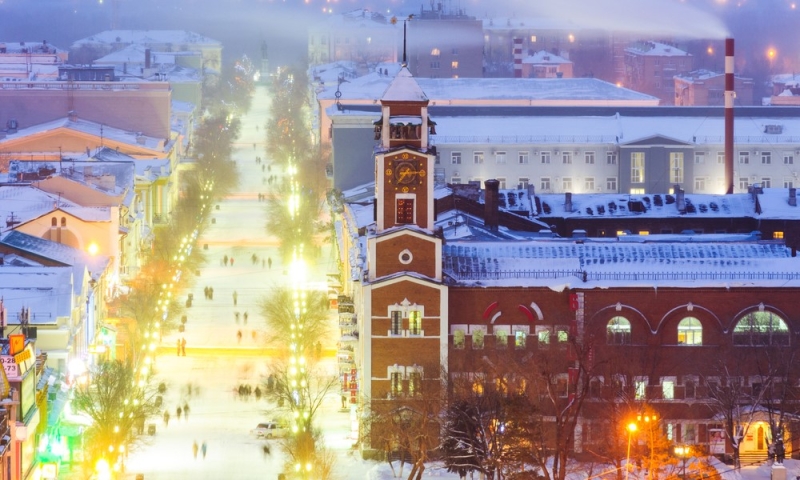
This pedestrian street is often called the Orenburg Arbat. The most beautiful old houses in the city have been preserved here. The main attractions are the Tower with a clock and a weather vane (this is a new building in 1997, which fits perfectly into the style of the place), the Aviation School, the Yenikutsev estate, the house of the merchant V. Troshin, the Drama Theater, the Orenburg Diocese and the House of a residential urban estate. There are many monuments, souvenir shops and museums on Sovetskaya. The street begins with Belovka – this is the name of the embankment of the Ural River. Here stands the symbolic gate to Asia, which Empress Elizaveta Petrovna ordered to be installed in Orenburg in 1755.
Cultural complex “National Village”
The Orenburg region has historically been home to various nationalities: Russians, Tatars, Kazakhs, Ukrainians, Bashkirs, Mordovians – and they all left their mark on the culture of the region. The National Village complex is a symbol of their centuries-old interaction. It consists of several farmsteads, made in the national style, with a museum dedicated to a particular people, a restaurant with traditional dishes and a souvenir shop. Holidays, events and folk festivals are regularly held in the park.
Pedestrian bridge “Europe – Asia”
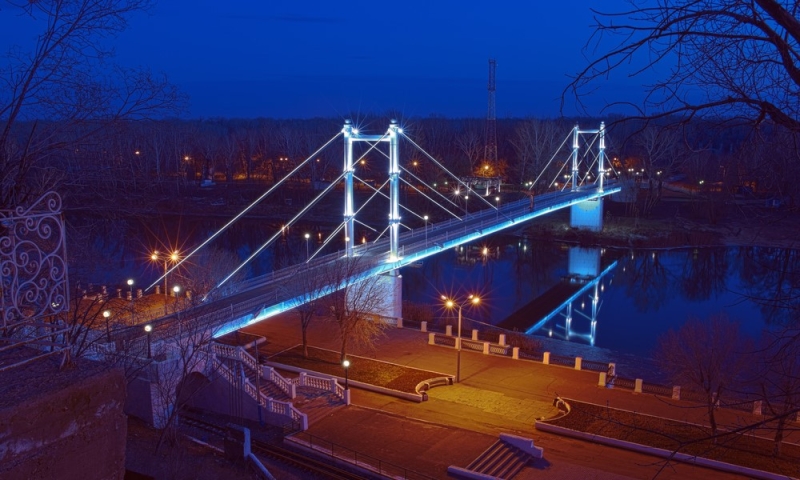
Like Istanbul, Orenburg stands on the border of two parts of the world. It is usually determined by the Ural River, so you can walk from Europe to Asia along the bridge, which is called “Europe – Asia”. Another way to cross this symbolic border is a 233-meter long cable car across the river. A ticket can be purchased for 70 rubles.
Orenburg Regional Museum of Fine Arts
The gallery was opened in a building built in 1814 according to the design of the architect M. P. Malakhov. Initially, the city council was located here. The exhibition included paintings by Aivazovsky, Lagorio, Shishkin, Savrasov, as well as Bashkir artists. Some of the exhibits were obtained from the Russian Museum, the Tretyakov Gallery and private collections. The museum has two branches, which we also recommend visiting: the house-museum of the Rostropovich family and the Orenburg Down Shawl gallery, which displays a collection of naive artists of the Orenburg region.
Memorial Museum-Apartment of the Gagarins
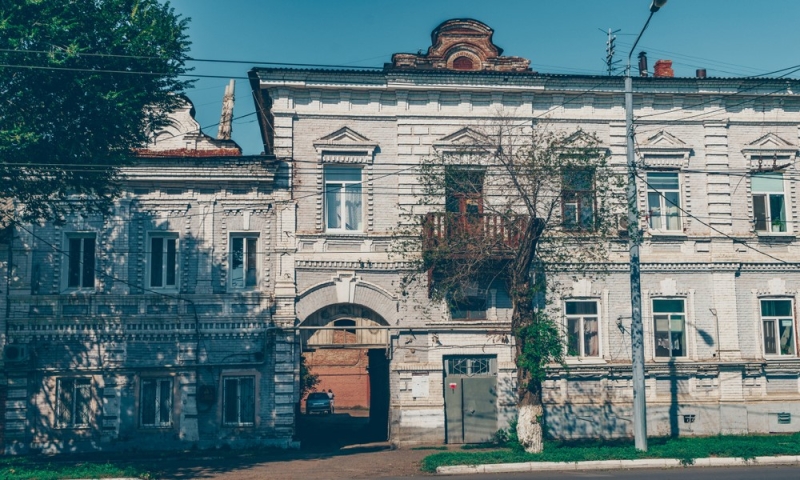
This museum is located in the house where Valentina Goryacheva once lived with her parents. Here, in 1957, her wedding took place with the future first cosmonaut (and then a cadet at the Chkalov Military Pilot School) Yuri Gagarin. In those days it was a large communal apartment for six families, but the building was originally a merchant’s house. Among the halls of the museum are the memorial interior of the room of the Goryachev family, the kitchen of a communal apartment and a hall telling about Gagarin’s stay in Orenburg. Among the exhibits: original items of the astronaut, Valentina Gagarina’s dresses and furniture from the 1950s-70s. Using virtual reality technology, visitors can “appear” on the International Space Station.
Cosmonautics Museum
Another place related to astronautics in the city is dedicated to the history and military glory of the Orenburg Higher Military Aviation School of Pilots. The exhibition tells not only about Yuri Gagarin, although here you can see his training suit, oxygen mask and headset, but also about other outstanding cosmonauts – Valentin Lebedev, Alexander Viktorenko and Yuri Lonchakov. The museum is located in a pre-revolutionary building in the Russian-Byzantine style, which previously belonged to the seminary. By the way, the museum was also given the plane on which Gagarin made his first flights.
Park “Salute, Victory!”
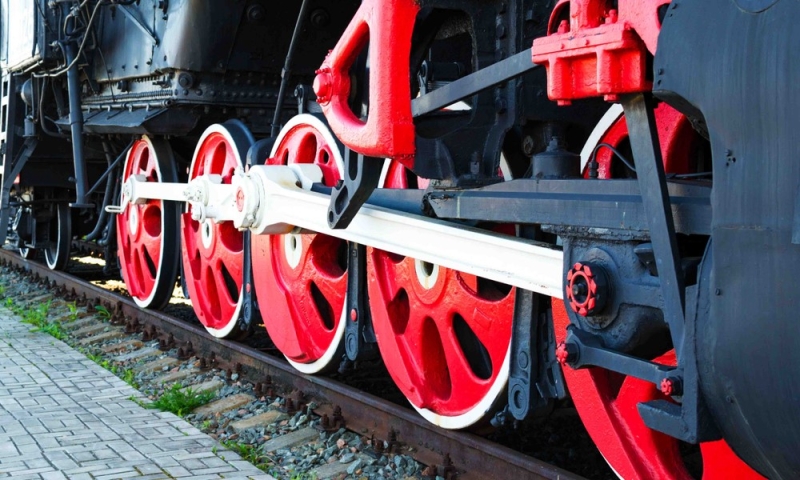
This large-scale exhibition complex, a branch of the Orenburg Governor’s Museum of History and Local Lore, was opened on the territory of the once abandoned Frunze Park in 2005, on the 60th anniversary of the victory in the Great Patriotic War. Today it is a huge open-air museum of military and railway equipment, which will be of interest to visitors of all ages. Also here you can look at sculptures dedicated to the military exploits of the inhabitants of the region.
Orenburg brewery “Kraft”
A visit to an independent brewery will be an interesting experience – of course, with a tasting at the end. The guides talk in detail about the composition of beer and its preparation and show all the workshops, introducing everyone not only to the intricacies of preparing a foamy drink, but also to the nuances responsible for the finest shades of taste.
Landscape Park “Luna”
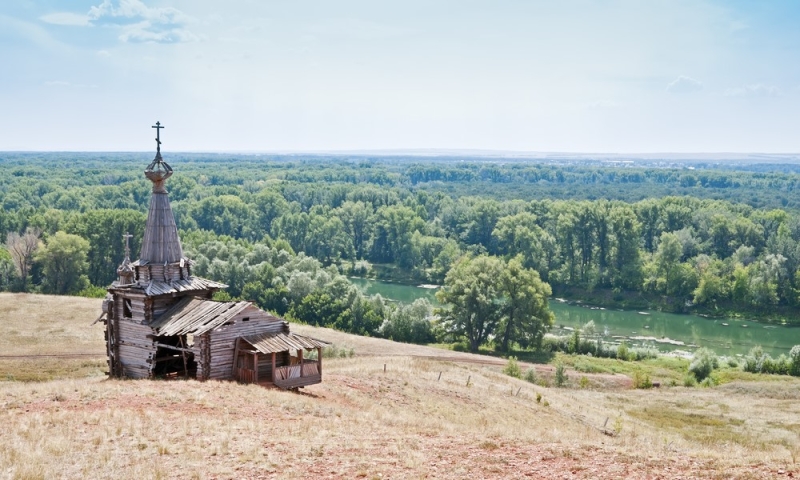
When visiting Orenburg, you can also plan a short one-day trip. Local residents call this unusual attraction “Kizhi on minimum wage.” Luna Park was created on the initiative of local resident Nikolai Fedorovich Zhabin in the early 2000s. The entrepreneur ordered to dig up a man-made reservoir and erected buildings next to it in the style of Novgorod Rus’: mills, log houses, carved gates. Tamed deer live in the park, and swans swim in the pond. “Moon” is especially good in the summer, when the trees are green.
*Prices are current at the time of publication.

